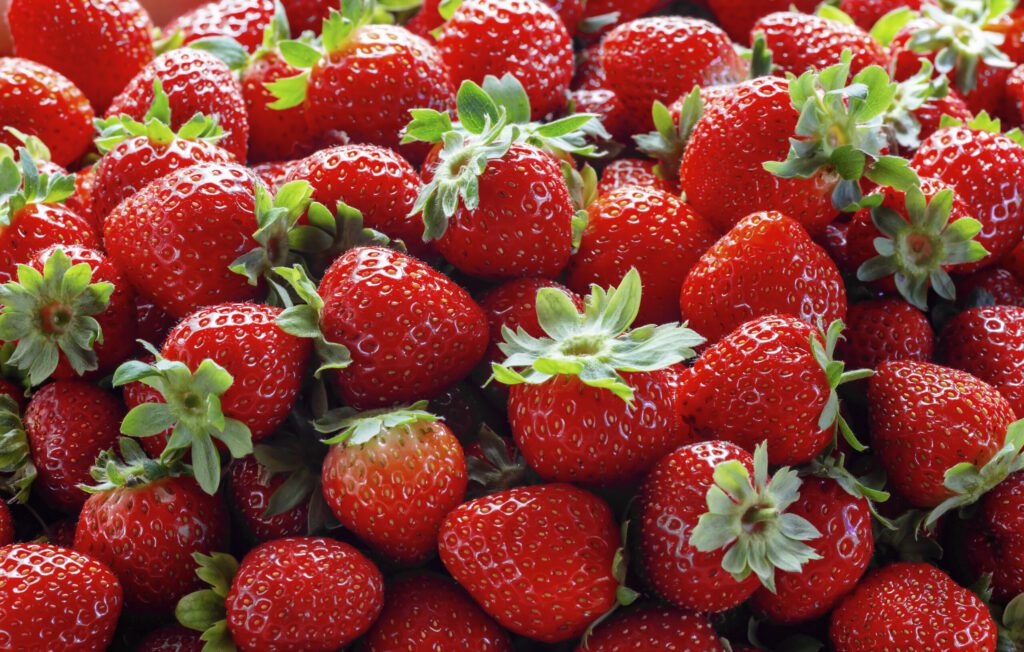Florida Strawberries Have Rich History
by ERIKA ALDRICH
Sponsored by Farm Credit of Central Florida
The peak of strawberry season is right around the corner, meaning America’s favorite fruit is about to be everywhere, from roadside stalls to supermarkets and at the Florida Strawberry Festival in Plant City in March. Strawberries have been grown in Florida since the late 1800s, with Hillsborough County’s Plant City ranked as the undisputed king of winter strawberry production in The Sunshine State, the country, and even the world.
Florida Strawberry Production
Florida is the second-leading strawberry producer in the country behind California. Strawberries are grown in every state in the U.S., but The Sunshine State takes the leading spot in the country when it comes to producing winter strawberries. In 2019, Florida strawberry farmers grew strawberries on 9,400 acres, according to the United States Department of Agriculture’s National Agricultural Statistics Service (USDA/NASS). They grew 2,020,000 CWT of strawberries, which amounted to a production value of $307 million.
An estimated 70 to 80 percent of Florida’s winter strawberries are shipped out of state to the rest of the country, and some strawberries even leave the country for destinations in Canada, Asia, and Europe. The popularity and health benefits of strawberries mean these red berries are always in demand, and per-capita consumption of strawberries continues to rise.
Florida’s strawberry season usually runs from November until around the end of March or the start of April, and the peak of the strawberry season—when the reddest, sweetest strawberries are usually harvested—is in February and March. Because of this, Florida dominates the fresh strawberry market during the winter months as it is too cold to grow these frost-tender berries anywhere else. While strawberries are grown all over the state, there’s nowhere in Florida that can rival Plant City for winter strawberry production.
Plant City and Strawberries
Plant City, the “Winter Strawberry Capital of the World,” was put on the map by Henry B. Plant in the 1880s when he built a railroad that connected Plant City to Tampa, making it easier and faster for strawberry growers to get their delicate winter strawberry crops to market. While strawberries love Florida’s mild winter climate and can be harmed significantly by frost and freezing temperatures, Plant City seems to have a magical blend of fertile farmland and a mild climate that helps strawberries thrive. More than 75 percent of the winter strawberries sold in the U.S. come from Plant City.
Since strawberries have such a short shelf life—measured in days, not weeks—and the berries will not ripen any further once picked, getting strawberries into supermarkets and into consumer’s shopping carts is a race against time. If you’re buying strawberries in a Florida supermarket anywhere from Thanksgiving to Easter, it’s a likely possibility that the strawberries you’re buying were picked that morning, or at the latest, the day before. For states in the rest of the country, it’s a good bet that the strawberries on the supermarket shelves were picked only a few days ago!


